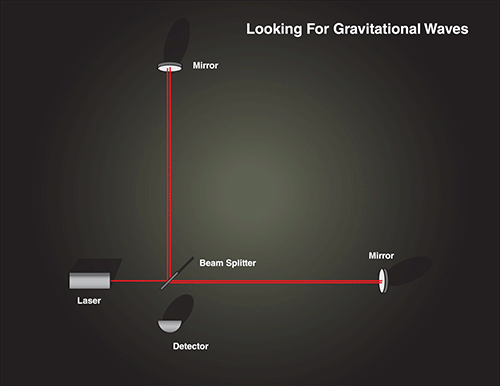In the vast expanse of the universe, an invisible yet profound phenomenon occurs - the creation of gravitational waves. These waves, much like the ripples spreading outward when a pebble is thrown into a pond, traverse through the fabric of space at the incredible velocity of light, approximately 186,000 miles per second. Albert Einstein, over a century ago, predicted the existence of these waves through his groundbreaking theoretical framework. He posited that the orbiting motion of two massive bodies, such as stars or planets, could disturb the spacetime continuum, generating these ripples known as gravitational waves.
The genesis of gravitational waves is attributed to events of astronomical magnitudes, involving celestial bodies moving with intense velocity. Such events include the asymmetric explosion of a star, known as a supernova, the orbiting motion of two massive stars, or the merger of two black holes. These cataclysmic occurrences are capable of producing the most potent gravitational waves, yet their sources typically lie far beyond our immediate galactic neighborhood. By the time these waves reach Earth, their intensity has diminished significantly, rendering their detection a formidable challenge.
The existence of gravitational waves remained a theoretical conjecture until a landmark discovery in 2015, when the Laser Interferometer Gravitational-Wave Observatory (LIGO) successfully recorded the waves for the first time. This breakthrough was the result of the collision of two black holes that took place 1.3 billion years ago, with the resultant waves only reaching Earth in 2015. This momentous event not only confirmed Einstein's predictions but also ushered in a novel method for astronomical observation. Prior to this, our understanding of the universe relied heavily on the analysis of light waves. The detection of gravitational waves has now opened new avenues for exploring the cosmos, providing a different lens through which to study the phenomena of the universe.
The methodology employed to detect gravitational waves is as fascinating as the waves themselves. LIGO, the observatory instrumental in their discovery, operates by monitoring the minute distortions in spacetime caused by passing gravitational waves. It employs a highly sophisticated setup consisting of two perpendicular "arms," each spanning more than 2 miles in length. As a gravitational wave passes through Earth, it slightly alters the physical length of these arms, a phenomenon meticulously recorded by LIGO's array of lasers, mirrors, and sensitive instruments. This ultra-precise measurement technique marks an extraordinary feat in technological advancement, enabling scientists to observe events billions of light-years away.
The detection and study of gravitational waves signify a monumental leap in our quest to understand the universe. It not only validates a century-old hypothesis but also equips researchers with a powerful tool to probe into cosmic events and phenomena that remain invisible to traditional telescopic observations. By analyzing the information carried by these waves, scientists hope to unravel more about the universe's most enigmatic entities, such as black holes and neutron stars. Moreover, the study of gravitational waves offers a promising path to gaining deeper insights into the fundamental nature of gravity, potentially leading to breakthroughs in theoretical physics.
In essence, gravitational waves act as messengers from the distant reaches of the universe, bringing with them secrets of cosmic events that have transpired billions of years ago. Their successful detection not only stands as a testament to human ingenuity and persistence but also opens up new realms of understanding, with the potential to radically transform our comprehension of the universe and its myriad mysteries.

